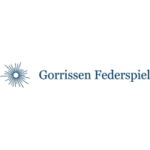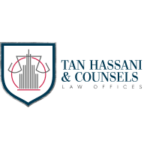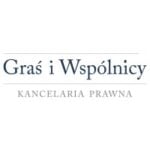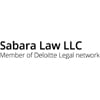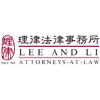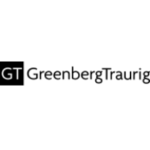This article contains general information regarding outsourcing in Sweden and is intended for informational purposes only. It does not constitute legal advice and should not be relied upon as such.
-
Market overview: Please provide a high-level overview of the outsourcing market in your jurisdiction (e.g. who are the key players and in what sectors (public and private) are you seeing outsourcing services being adopted)?
-
Market overview: What is the current attitude of the government and of regulators to the use of outsourcing in your jurisdiction?
-
Procurement: Are there specific procurement-related laws or regulations governing outsourcing by public sector or government bodies?
-
Procurement: Are there specific procurement-related laws or regulations governing outsourcing by private sector organisations?
-
Laws and Regulations: Are there any other specific laws or regulations that apply to outsourcing? If not, what key general laws and regulations are most relevant?
-
Laws and Regulations: Do any specific regimes apply to outsourcing arrangements in particular sectors (e.g. financial services)?
-
Competition law: To what extent might outsourcing arrangements require notification or approval under merger control rules?
-
Competition law: To what extent are the terms of outsourcing agreements the subject of restrictions under competition law?
-
Intellectual property (‘IP’) rights: What IP (registrable and non-registrable) is typically created in the course of an outsourcing arrangement?
-
Intellectual property (‘IP’) rights: In an outsourcing arrangement, would any contractual terms or formal steps be required to vest supplier-created IP in the customer?
-
Intellectual property (‘IP’) rights: How are confidential information, know-how and trade secrets protected in your jurisdiction?
-
Data: What is the regime in your jurisdiction for regulating the protection and processing of personal data and what are the main implications for outsourcing arrangements?
-
Data: What is the regime in your jurisdiction for regulating the processing of non-personal data and what are the main implications for outsourcing arrangements?
-
Cyber: Does your jurisdiction have specific cybersecurity legislation or regulations and what are the main implications for outsourcing arrangements?
-
Technologies: To what extent are certain technologies commonly used in outsourcing arrangements (e.g. artificial intelligence, robotic process automation, cloud computing and blockchain/distributed ledger technologies) the subject of specific regulations?
-
Employment law: Do your jurisdiction’s employment laws and regulations have specific implications for outsourcing arrangements?
-
Employment law: How are employees transferred under an outsourcing arrangement?
-
Tax: What are the general tax considerations in your jurisdiction with implications for outsourcing arrangements?
-
ESG: Are there any specific ESG requirements in your jurisdiction (e.g. relating to carbon emissions, modern slavery, anti-bribery/corruption, waste electronic equipment, etc.), and what are the implications of these for outsourcing arrangements?
-
Cross-border: Do cross-border or multi-jurisdictional outsourcing arrangements raise any specific challenges or concerns in your jurisdiction (e.g. relating to export control or data transfer laws)?
-
Liability: Are there limits on what liabilities can be contractually excluded in your jurisdiction (e.g. are there certain liabilities which cannot be limited or excluded by law)?
-
Disputes and enforcement: How are contractual disputes in outsourcing arrangements typically resolved in your jurisdiction and what remedies are commonly available in relation to contractual breaches?
-
Disputes and enforcement: What, if any, other enforcement measures are typically relevant to outsourcing arrangements (e.g. regulatory fines and other sanctions)?
